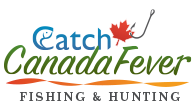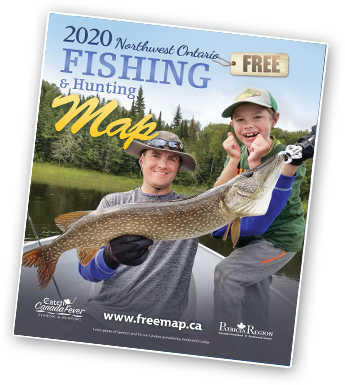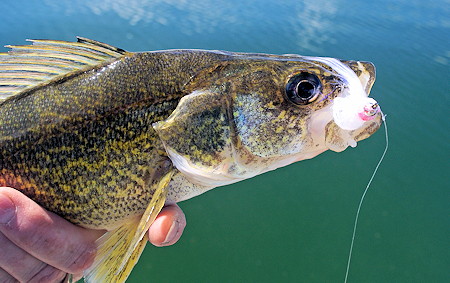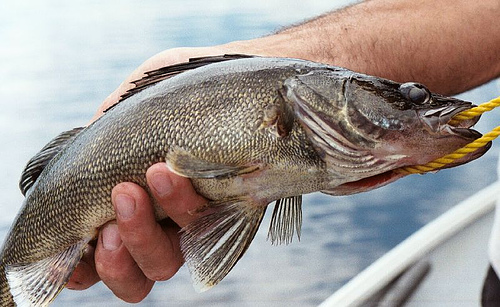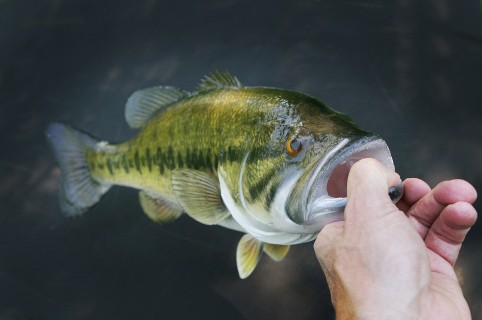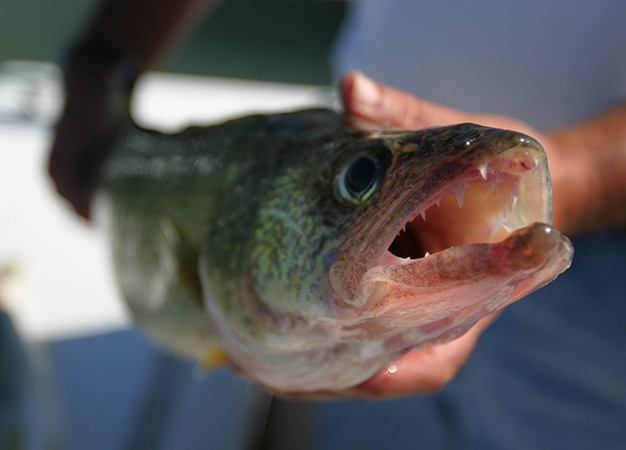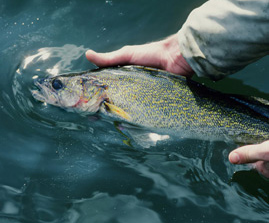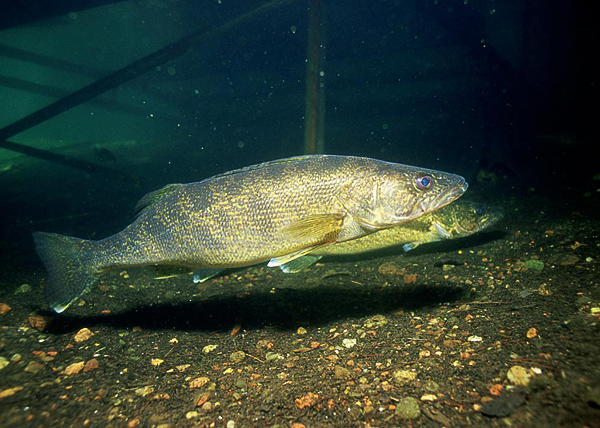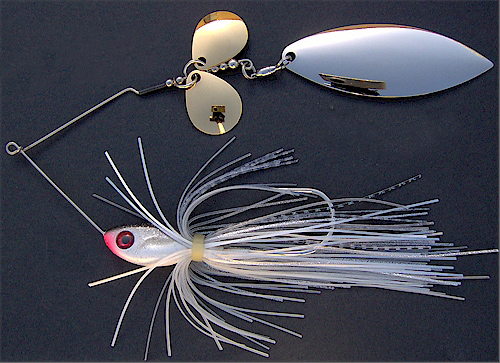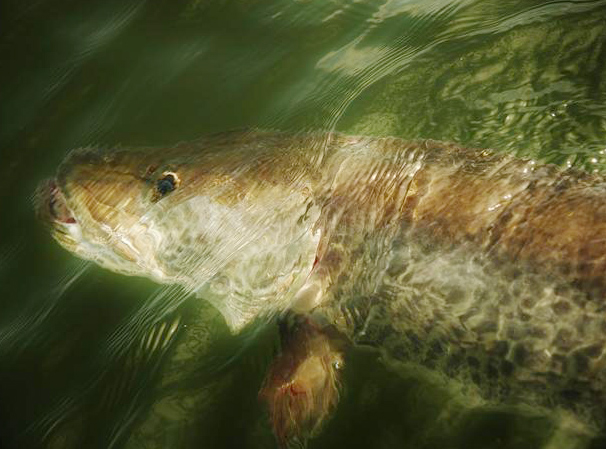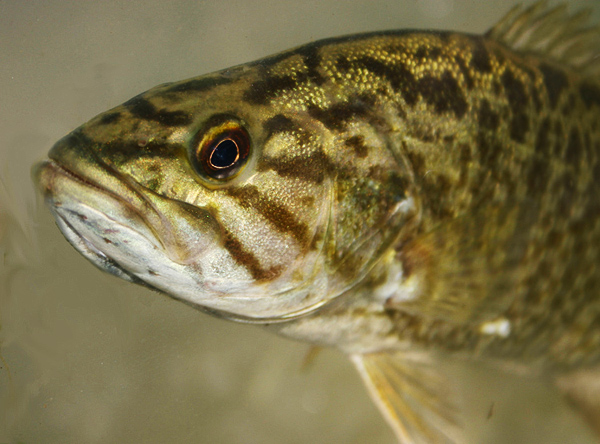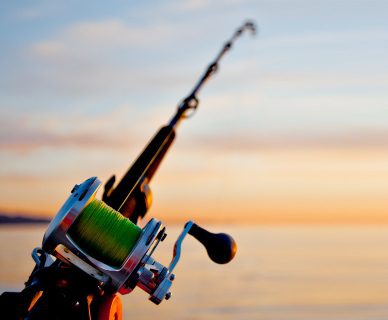Fertilized pike eggs take about two weeks to hatch in chilly spring waters, releasing thousands of fry only a 1/4 inch long. For a day or two afterwards they swim around actively, though they are not yet feeding. During the next phase, the baby pike begin secreting a mucous-like substance from special glands on their foreheads. This slime forms a tiny globule which the baby pike use to attach themselves to a plant stalk. The fry then back up approximately a 1/4 inch from the plant, forming a thread like structure to anchor them down.
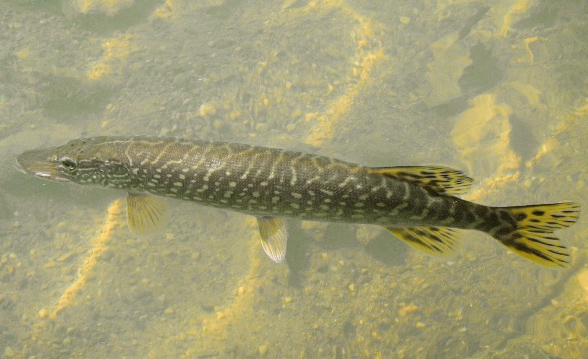 After 4 or 5 days hanging like this, they will have absorbed their yolk sac and are ready to begin feeding on their own. Little pike then break the tethers and begin feeding voraciously on zooplankton that are abundant in the weedy warming shallows. Growing fast, they soon switch to insects and other tiny fish.
After 4 or 5 days hanging like this, they will have absorbed their yolk sac and are ready to begin feeding on their own. Little pike then break the tethers and begin feeding voraciously on zooplankton that are abundant in the weedy warming shallows. Growing fast, they soon switch to insects and other tiny fish.
In some areas, young pike remain in marshy bays through most of the summer, feeding on various insects and small minnows, only leaving for deeper waters when temperatures begin to cool. In other systems, biologists found that pre-spawn pike migrate up to 2 miles up feeder creeks and spawn in ephemeral upland marshes. Hatchlings there gradually drift down stream, requiring weeks to a couple months to reach the bay. Along the way they continue to eat zooplankton and small insects.
Local biologists are trying to make these marsh spawning habitats protected and, in other locations, building artificial marshes has been successful to aiding spawning success.

